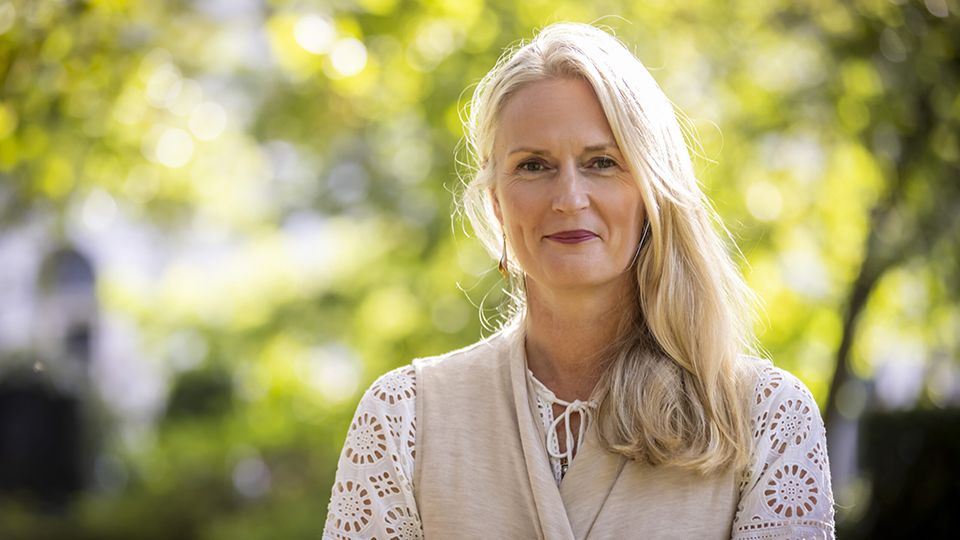Stress testing investment portfolios for climate scenarios greater than 2C of warming is, in the main, futile. So, why are we doing it? Let’s look first at why it should be considered ineffective.
When thinking about the risks of a changing climate, the standard unit of measurement is gross domestic product (GDP). A report in 2021 from the Swiss Re Institute looked at the expected impact on global GDP by 2050 under different temperature scenarios, compared with a world without climate change.
It found that, depending on the amount of mitigating activity, GDP would fall between 4-18% with associated temperature increases ranging from less than 2-3.2C.
On the other hand, the 2018 Nobel Prize winner, William Nordhaus, claimed that 3C of warming would reduce global GDP by just 2%. And at 6C of warming, he argued it would decline by 8%.
Climate scientists often shy away from absolute certainties given the nature of the data they deal with. The complexity of our natural environment is such that we will never truly understand it, even with the most advanced computer modelling and data. That’s why we often hear phrases like ‘our best estimate’ rather than data presented as an absolute.
Read the full comment in ESG Clarity’s October 2023 digital magazine.








